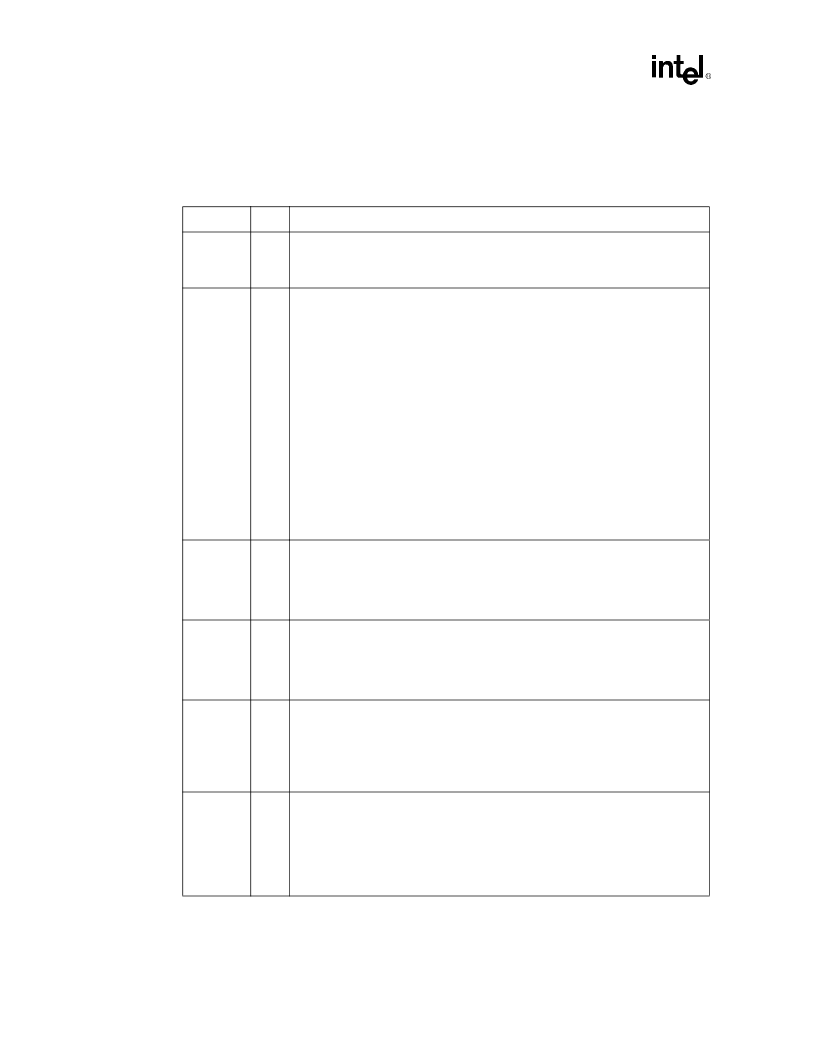- 您現(xiàn)在的位置:買賣IC網(wǎng) > PDF目錄377496 > INTEL82801 (Intel Corp.) 82801AB (ICH0) I/O Controller Hub PDF資料下載
參數(shù)資料
| 型號: | INTEL82801 |
| 廠商: | Intel Corp. |
| 英文描述: | 82801AB (ICH0) I/O Controller Hub |
| 中文描述: | 82801AB(ICH0)I / O控制器集線器 |
| 文件頁數(shù): | 30/414頁 |
| 文件大小: | 2140K |
| 代理商: | INTEL82801 |
第1頁第2頁第3頁第4頁第5頁第6頁第7頁第8頁第9頁第10頁第11頁第12頁第13頁第14頁第15頁第16頁第17頁第18頁第19頁第20頁第21頁第22頁第23頁第24頁第25頁第26頁第27頁第28頁第29頁當(dāng)前第30頁第31頁第32頁第33頁第34頁第35頁第36頁第37頁第38頁第39頁第40頁第41頁第42頁第43頁第44頁第45頁第46頁第47頁第48頁第49頁第50頁第51頁第52頁第53頁第54頁第55頁第56頁第57頁第58頁第59頁第60頁第61頁第62頁第63頁第64頁第65頁第66頁第67頁第68頁第69頁第70頁第71頁第72頁第73頁第74頁第75頁第76頁第77頁第78頁第79頁第80頁第81頁第82頁第83頁第84頁第85頁第86頁第87頁第88頁第89頁第90頁第91頁第92頁第93頁第94頁第95頁第96頁第97頁第98頁第99頁第100頁第101頁第102頁第103頁第104頁第105頁第106頁第107頁第108頁第109頁第110頁第111頁第112頁第113頁第114頁第115頁第116頁第117頁第118頁第119頁第120頁第121頁第122頁第123頁第124頁第125頁第126頁第127頁第128頁第129頁第130頁第131頁第132頁第133頁第134頁第135頁第136頁第137頁第138頁第139頁第140頁第141頁第142頁第143頁第144頁第145頁第146頁第147頁第148頁第149頁第150頁第151頁第152頁第153頁第154頁第155頁第156頁第157頁第158頁第159頁第160頁第161頁第162頁第163頁第164頁第165頁第166頁第167頁第168頁第169頁第170頁第171頁第172頁第173頁第174頁第175頁第176頁第177頁第178頁第179頁第180頁第181頁第182頁第183頁第184頁第185頁第186頁第187頁第188頁第189頁第190頁第191頁第192頁第193頁第194頁第195頁第196頁第197頁第198頁第199頁第200頁第201頁第202頁第203頁第204頁第205頁第206頁第207頁第208頁第209頁第210頁第211頁第212頁第213頁第214頁第215頁第216頁第217頁第218頁第219頁第220頁第221頁第222頁第223頁第224頁第225頁第226頁第227頁第228頁第229頁第230頁第231頁第232頁第233頁第234頁第235頁第236頁第237頁第238頁第239頁第240頁第241頁第242頁第243頁第244頁第245頁第246頁第247頁第248頁第249頁第250頁第251頁第252頁第253頁第254頁第255頁第256頁第257頁第258頁第259頁第260頁第261頁第262頁第263頁第264頁第265頁第266頁第267頁第268頁第269頁第270頁第271頁第272頁第273頁第274頁第275頁第276頁第277頁第278頁第279頁第280頁第281頁第282頁第283頁第284頁第285頁第286頁第287頁第288頁第289頁第290頁第291頁第292頁第293頁第294頁第295頁第296頁第297頁第298頁第299頁第300頁第301頁第302頁第303頁第304頁第305頁第306頁第307頁第308頁第309頁第310頁第311頁第312頁第313頁第314頁第315頁第316頁第317頁第318頁第319頁第320頁第321頁第322頁第323頁第324頁第325頁第326頁第327頁第328頁第329頁第330頁第331頁第332頁第333頁第334頁第335頁第336頁第337頁第338頁第339頁第340頁第341頁第342頁第343頁第344頁第345頁第346頁第347頁第348頁第349頁第350頁第351頁第352頁第353頁第354頁第355頁第356頁第357頁第358頁第359頁第360頁第361頁第362頁第363頁第364頁第365頁第366頁第367頁第368頁第369頁第370頁第371頁第372頁第373頁第374頁第375頁第376頁第377頁第378頁第379頁第380頁第381頁第382頁第383頁第384頁第385頁第386頁第387頁第388頁第389頁第390頁第391頁第392頁第393頁第394頁第395頁第396頁第397頁第398頁第399頁第400頁第401頁第402頁第403頁第404頁第405頁第406頁第407頁第408頁第409頁第410頁第411頁第412頁第413頁第414頁

Signal Description
2-2
82801AA and 82801AB Datasheet
2.3
PCI Interface
Table 2-3. PCI Interface Signals (Sheet 1 of 3)
Name
Type
Description
AD[31:0]
I/O
PCI Address/Data:
AD[31:0] is a multiplexed address and data bus. During the first
clock of a transaction, AD[31:0] contain a physical address (32 bits). During
subsequent clocks, AD[31:0] contain data. The ICH drives all 0’s on AD[31:0] during the
address phase of PCI Interrupt Acknowledge cycles.
C/BE[3:0]#
I/O
Bus Command and Byte Enables:
The command and byte enable signals are
multiplexed on the same PCI pins. During the address phase of a transaction,
C/BE[3:0]# define the bus command. During the data phase, C/BE[3:0]# define the
Byte Enables.
C/BE[3:0]#
Command Type
0 0 0 0
Interrupt Acknowledge
0 0 0 1
Special Cycle
0 0 1 0
I/O Read
0 0 1 1
I/O Write
0 1 1 0
Memory Read
0 1 1 1
Memory Write
1 0 1 0
Configuration Read
1 0 1 1
Configuration Write
1 1 0 0
Memory Read Multiple
1 1 1 0
Memory Read Line
1 1 1 1
Memory Write and Invalidate
NOTE:
All command encodings not shown are reserved. The ICH does not decode
reserved values, and, therefore, does not respond if a PCI master generates a
cycle using one of the reserved values.
DEVSEL#
I/O
Device Select:
The ICH asserts DEVSEL# to claim a PCI transaction. As an output,
the ICH asserts DEVSEL# when a PCI master peripheral attempts an access to an
internal ICH register or man memory. As an input, DEVSEL# indicates the response to
an ICH-initiated transaction on the PCI bus. DEVSEL# is tri-stated from the leading
edge of PCIRST#. DEVSEL# remains tri-stated by the ICH until driven by a Target
device.
FRAME#
I/O
Cycle Frame:
The current Initiator drives FRAME# to indicate the beginning and
duration of a PCI transaction. While the initiator asserts FRAME#, data transfers
continue. When the initiator negates FRAME#, the transaction is in the final data
phase. FRAME# is an input to the ICH when the ICH is the target, and FRAME# is an
output from the ICH when the ICH is the Initiator. FRAME# remains tri-stated by the
ICH until driven by an Initiator.
IRDY#
I/O
Initiator Ready:
IRDY# indicates the ICH's ability, as an Initiator, to complete the
current data phase of the transaction. It is used in conjunction with TRDY#. A data
phase is completed on any clock both IRDY# and TRDY# are sampled asserted.
During a write, IRDY# indicates the ICH has valid data present on AD[31:0]. During a
read, it indicates the ICH is prepared to latch data. IRDY# is an input to the ICH when
the ICH is the Target and an output from the ICH when the ICH is an Initiator. IRDY#
remains tri-stated by the ICH until driven by an Initiator.
TRDY#
I/O
Target Ready:
TRDY# indicates the ICH's ability as a Target to complete the current
data phase of the transaction. TRDY# is used in conjunction with IRDY#. A data phase
is completed when both TRDY# and IRDY# are sampled asserted. During a read,
TRDY# indicates that the ICH, as a Target, has placed valid data on AD[31:0]. During a
write, TRDY# indicates the ICH, as a Target is prepared to latch data. TRDY# is an
input to the ICH when the ICH is the Initiator and an output from the ICH when the ICH
is a Target. TRDY# is tri-stated from the leading edge of PCIRST#. TRDY# remains tri-
stated by the ICH until driven by a target.
相關(guān)PDF資料 |
PDF描述 |
|---|---|
| INTEL82802AB | Firmware Hub (FWH) |
| INTELDX2 | High-Performance 32-Bit Embedded Processor(高性能32位嵌入式處理器) |
| INTELDX4 | Embedded Write-Back Enhanced Processor(32位回復(fù)嵌入式增強型處理器) |
| IPS54511 | FULLY PROTECTED HIGH SIDE POWER MOSFET SWITCH |
| IPS5451 | FULLY PROTECTED HIGH SIDE POWER MOSFET SWITCH |
相關(guān)代理商/技術(shù)參數(shù) |
參數(shù)描述 |
|---|---|
| INTEL82802AB | 制造商:INTEL 制造商全稱:Intel Corporation 功能描述:Firmware Hub (FWH) |
| INTELLIGENT CHARGER + 4AA | 制造商:Energizer 功能描述:Bulk |
| INTELLI-INCH-LR-STARTER K | 制造商:ALL MOTION 功能描述:Intelli-Inch Stepper & Controller Starter Kit |
| INTELLIPANEL | 制造商:GJD 功能描述:EXTENSION LEAD 8GANG INTELLIPANEL 制造商:GJD 功能描述:EXTENSION LEAD, 8GANG, INTELLIPANEL |
| INTELLIPLUG | 制造商:GLOBAL COMMUNICATIONS 功能描述:ADAPTOR 3WAY INTELLIPLUG |
發(fā)布緊急采購,3分鐘左右您將得到回復(fù)。